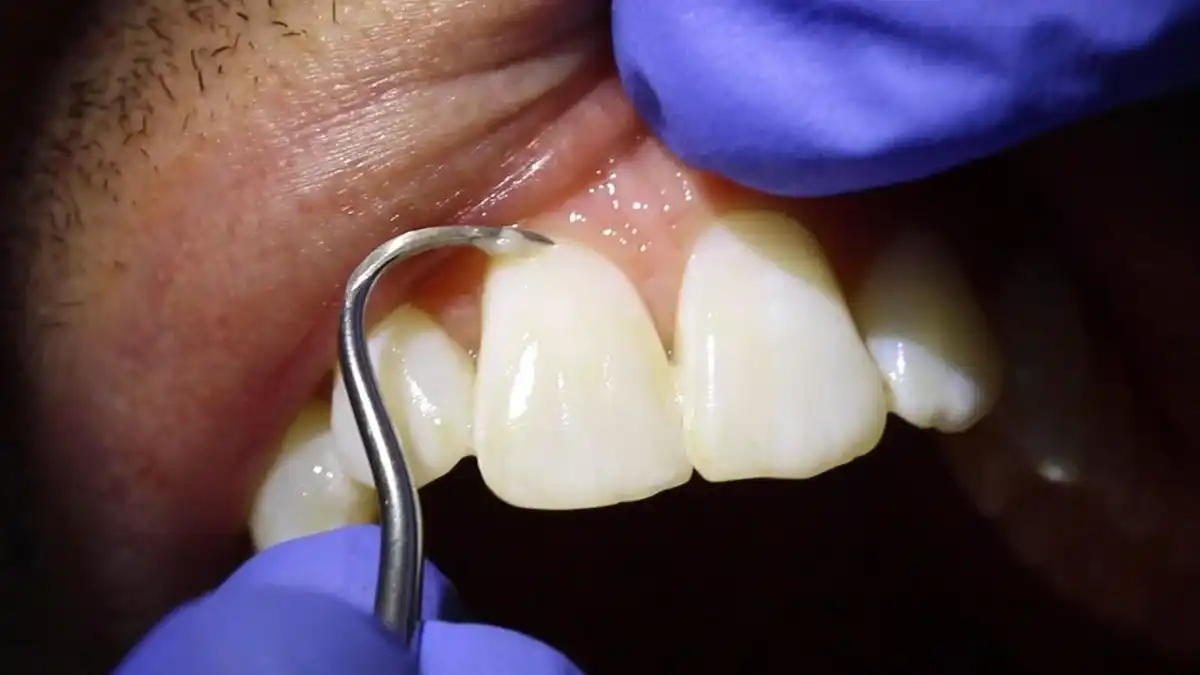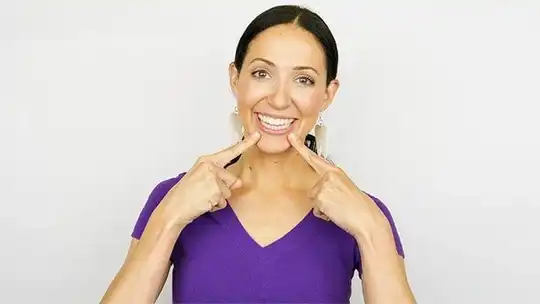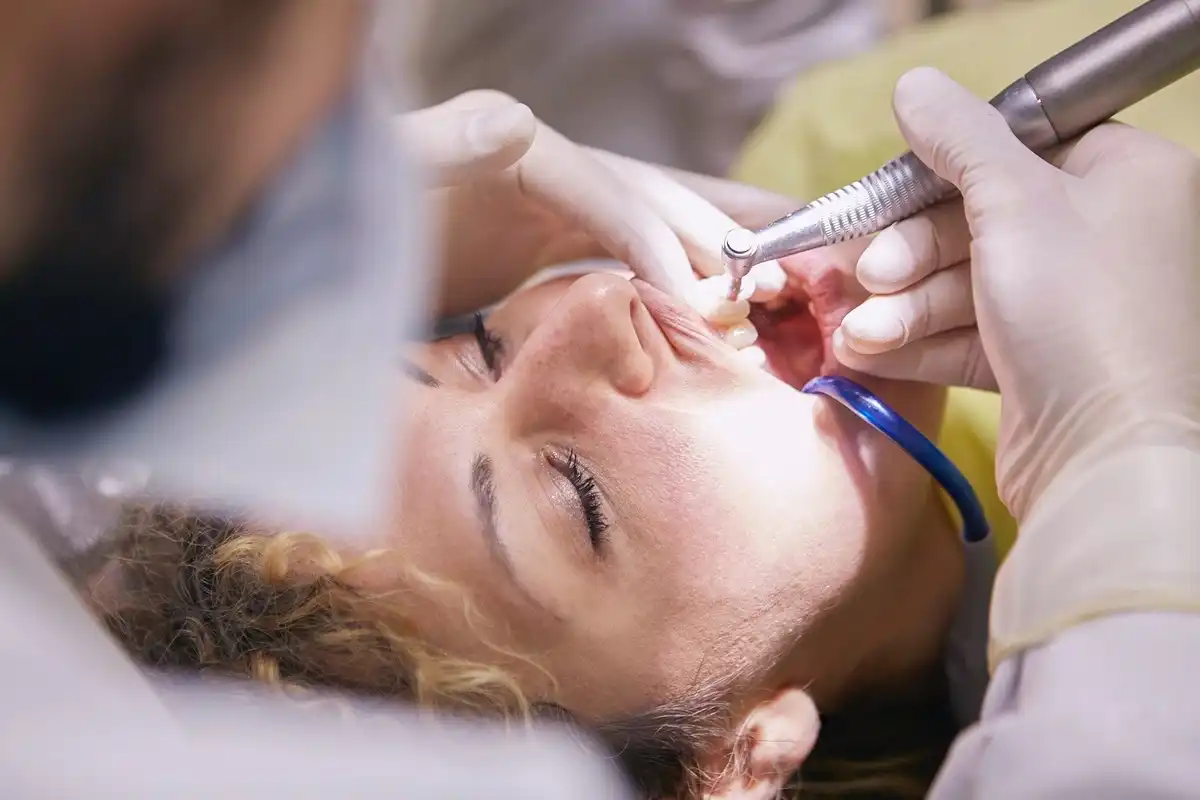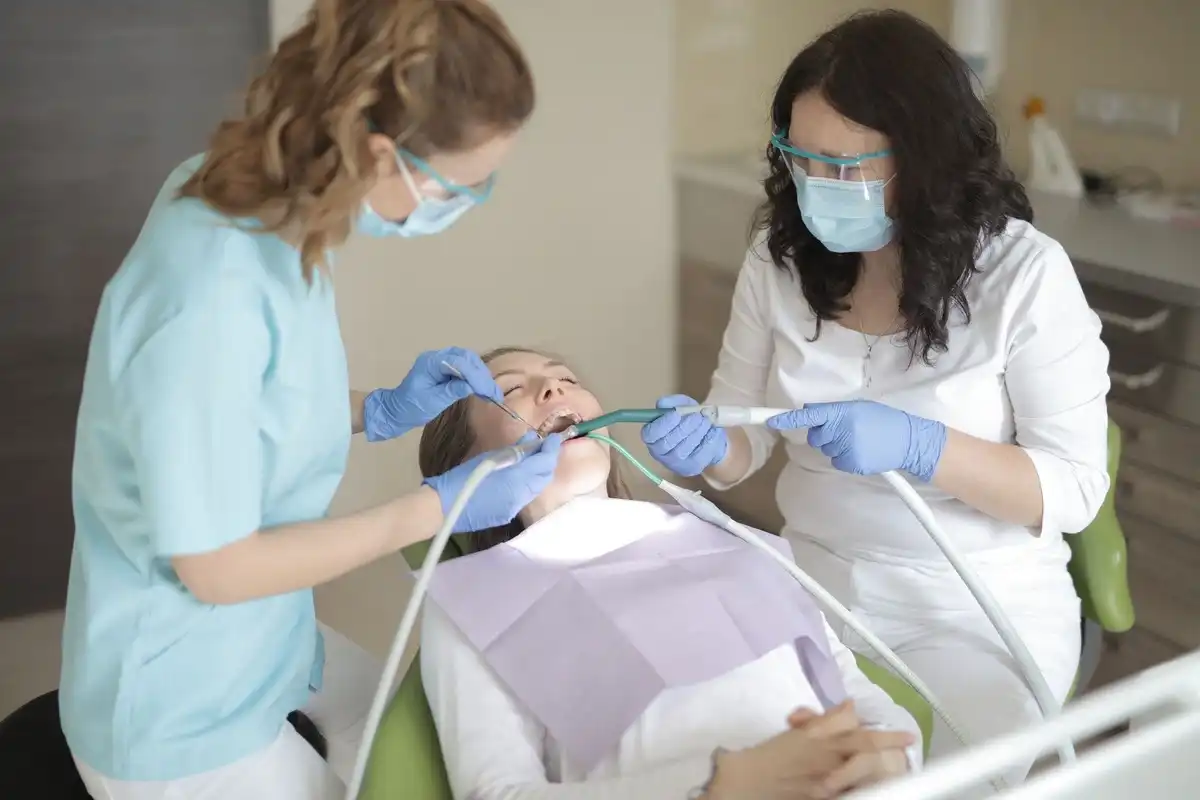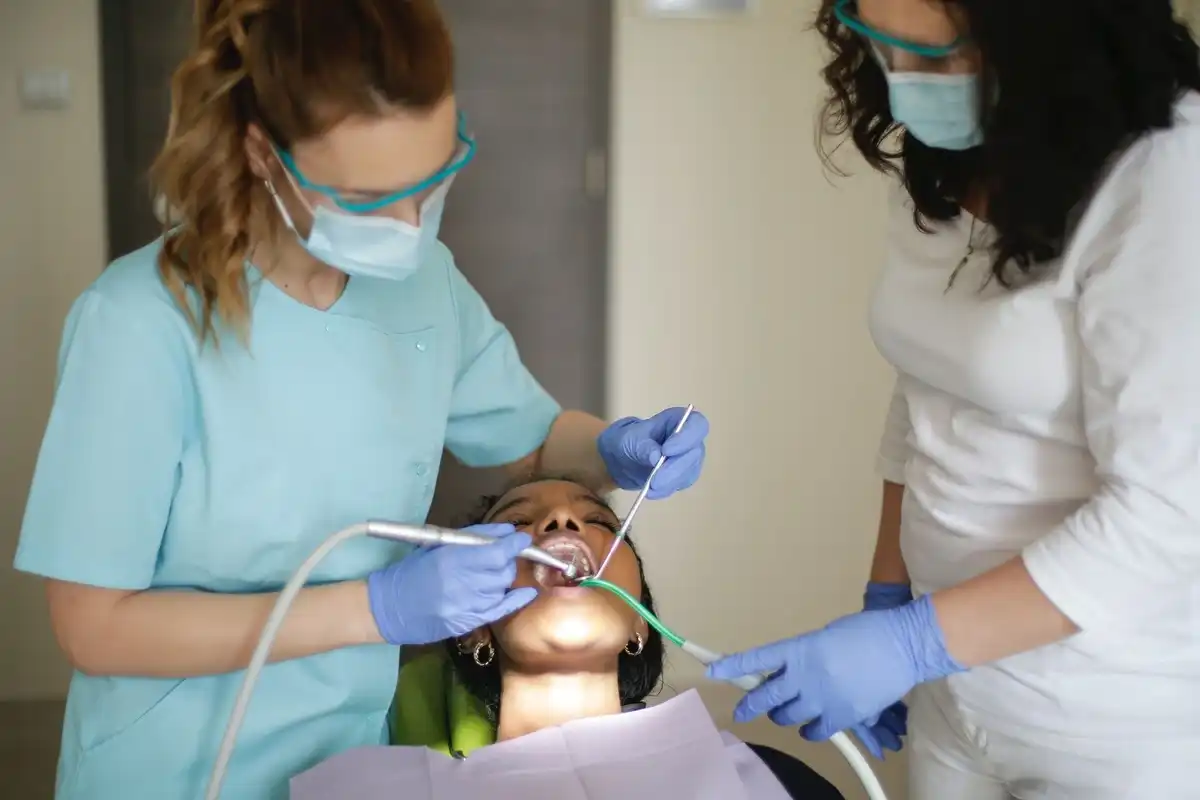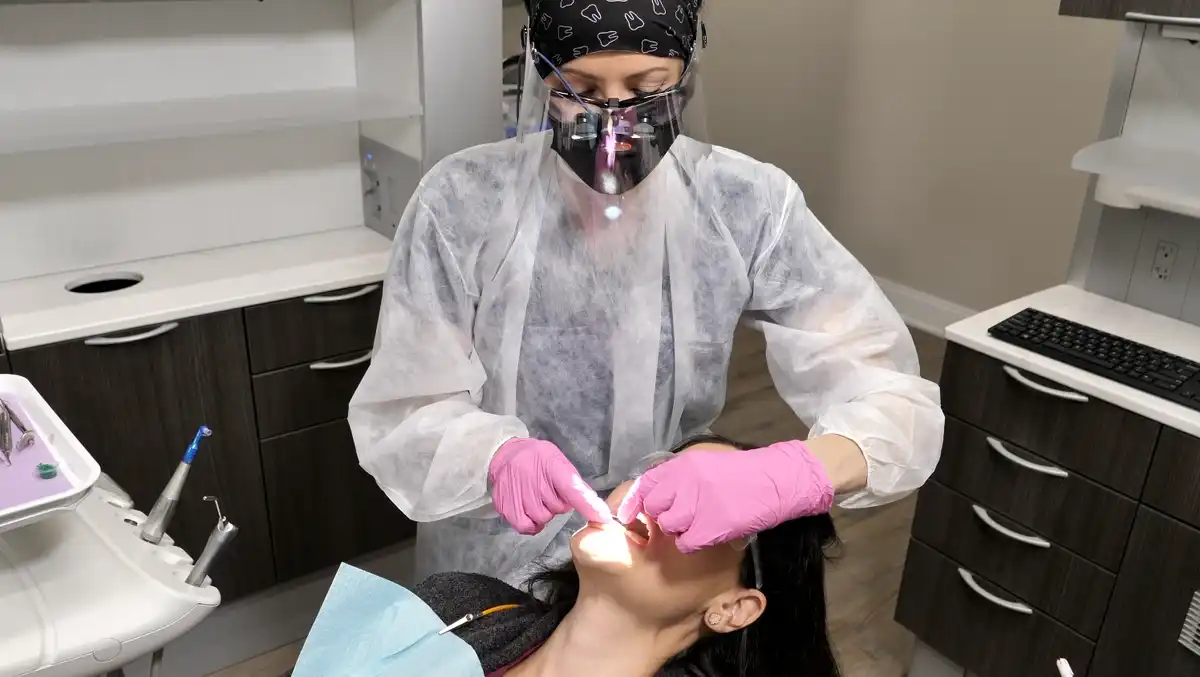The Order I Clean My Patient's Teeth (My Scaling Sequence)

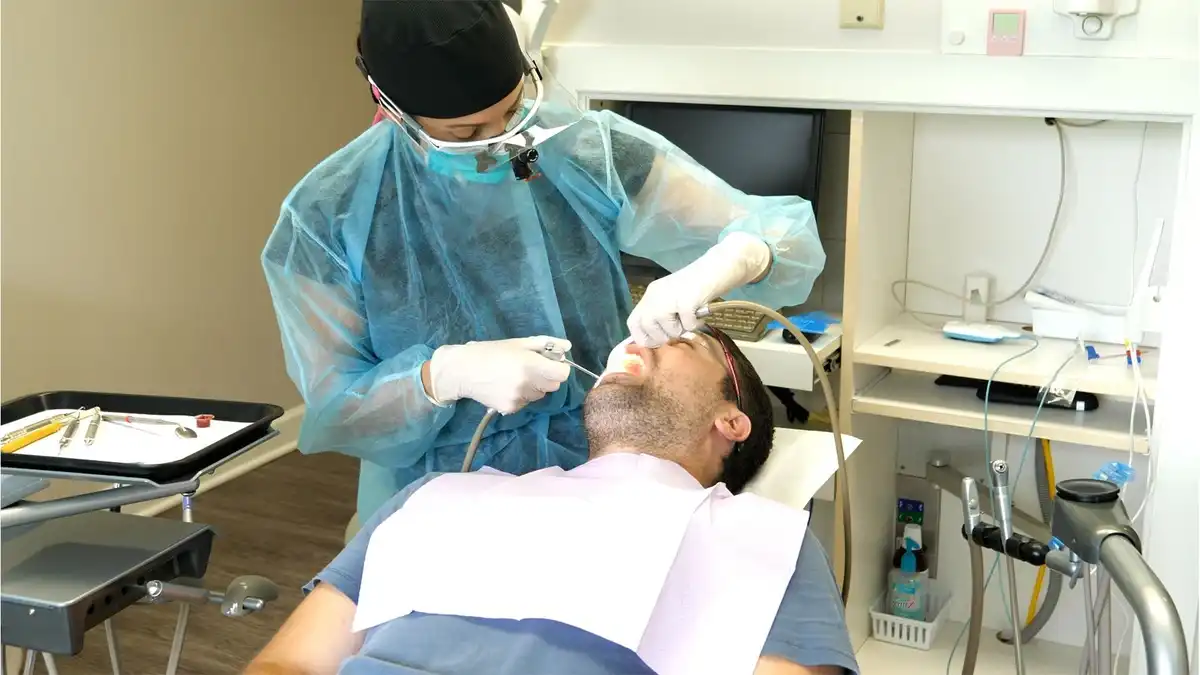
Every dental hygienist has their own habits or routine when they’re seeing patients. Maybe it’s how they clip their gauze on, or what they say to patients. And if you don’t already, you will soon enough! One example is your hand scaling order. Chances are that you probably hand scale everyone’s teeth in the same pattern, regardless of their age or how much buildup they have.
Why is Hand Scaling Order Important?
Having a pattern that you follow will help prevent you from ever losing your place. Let’s say you have to stop mid-scaling for the dentist to pop in for an exam. If you know where you were, you’ll know exactly what surfaces are left to clean. Or maybe if you’re one of those chatty hygienists who likes to converse during the appointment, having a hand scaling order will prevent you from forgetting where you’re at, what you already cleaned, or what still needs your attention.
A hand scaling pattern is also important for ergonomics because it limits excessive motions and we already do enough of those! Fewer movements back and forth also cut down on your procedural time.
My Preferred Hand Scaling Order
1. I always like to start with scaling the lower anteriors first. That way the patient can tell a big difference right from the get-go. Even if they don’t say anything, you can tell they feel their teeth are clean when they rub their tongue across that area. That’s why I always scale canine to canine first.
2. Second, I sit at 8 o’clock and scale all of the surfaces toward me. I start with the buccals of the upper right maxillary, scale them, then move to the lower right mandibular buccal surfaces. From there, I shift to the linguals of the upper left maxillary, followed by the linguals of the lower left mandibular.
3. Next, I move to 11 o’clock and scale all of the surfaces away from me. Starting with the upper right lingual, lower right lingual, then the upper left buccal and lower left buccal. It’s the same order as before, except I’m cleaning different surfaces.
4. Finally, I go back and scale the upper incisors. Facial, lingual, and all of the interproximals.
Flossing and Polishing
I typically floss and polish my patients’ teeth in the same order as hand scaling. Usually, I start the procedure with flossing at the midline and floss all of the upper right teeth, lower right teeth, then upper left, and lower left. When I get my prophy angle out, I go back to the hand scaling pattern listed above (lower anterior, surfaces toward me, surfaces away from me, etc.)
Scaling Teeth Recap
Find which hand scaling order works for you and stick to it. Your personal scaling pattern—whether it’s hand scaling or using an ultrasonic—will help you stay on time, improve your ergonomics, and allow for more thorough cleanings should you ever get interrupted. You can try the pattern above or another one, just choose one that works for you and you won’t ever forget it.

Make your inbox smile!
Subscribe
